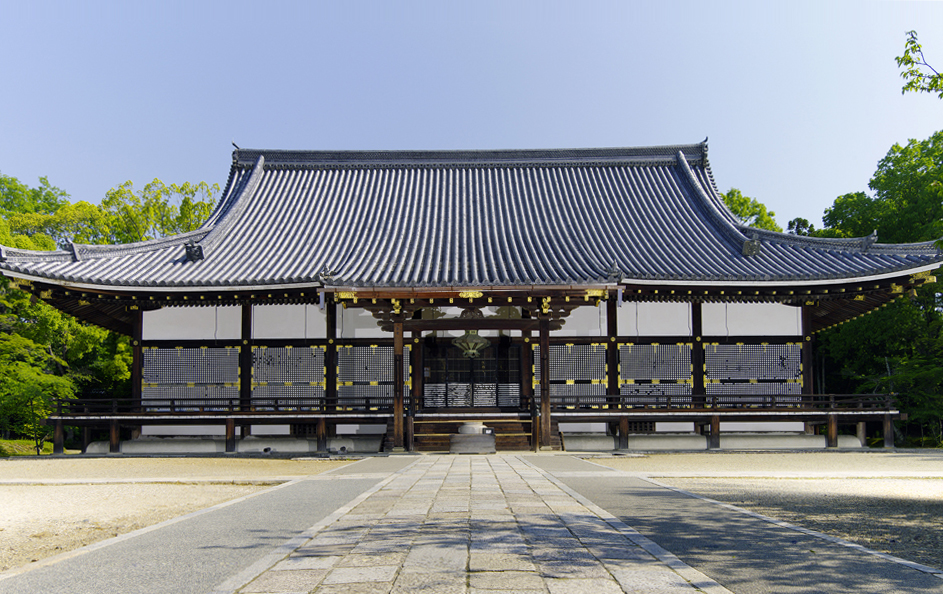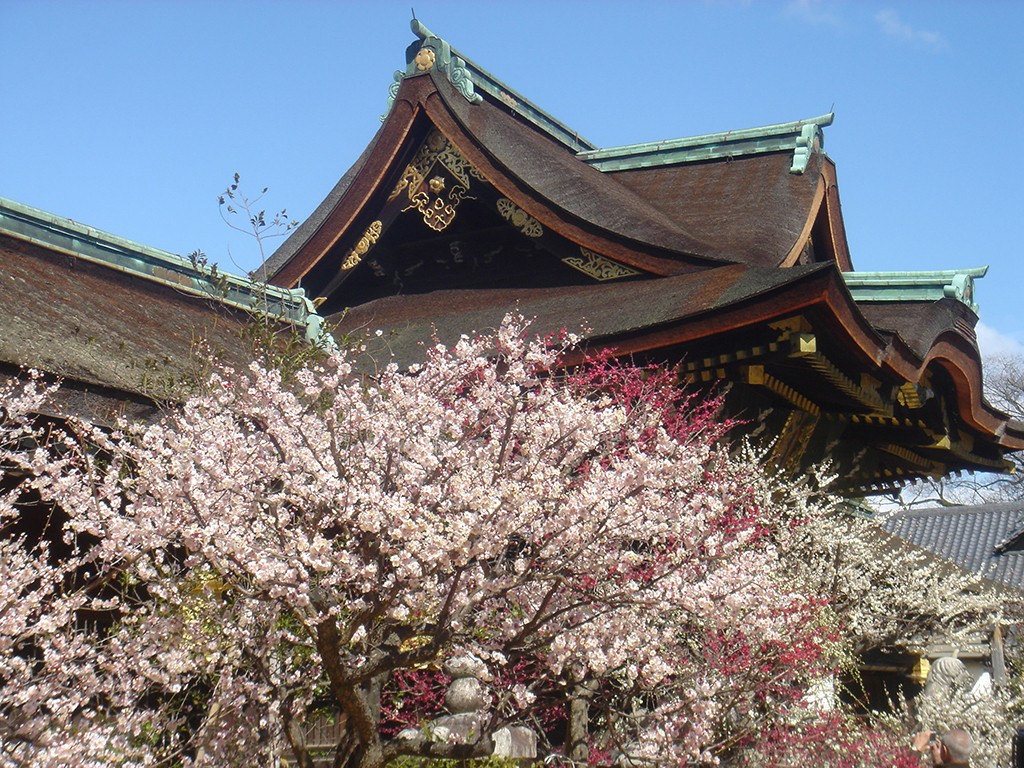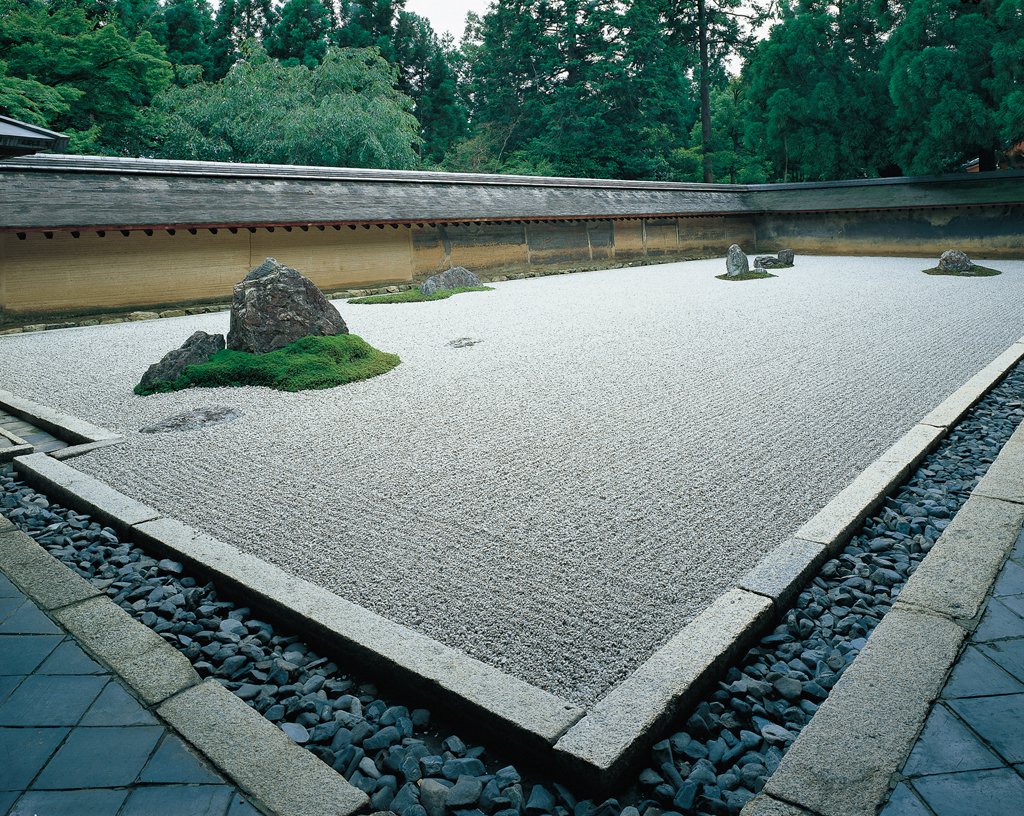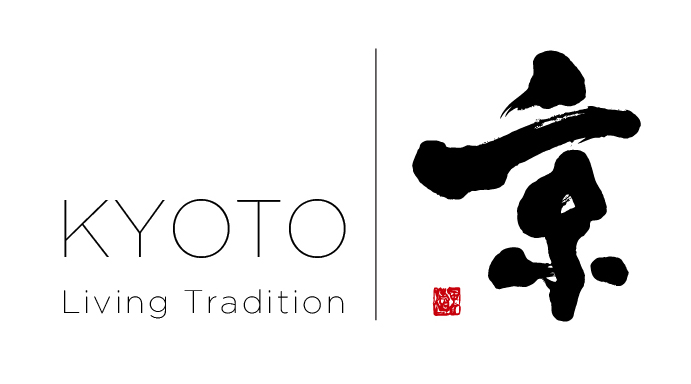
Ninna-ji Temple has it all – an exquisite five-story pagoda, a massive main gate, delightful landscape gardens (with ponds, bridges, and old stones), raked gravel gardens, teahouses, and beautiful halls for prayer and residence. It is famous for its late-blooming cherry trees which draw hosts of admirers every year. It is a grand example of the natural harmony which marks so many Japanese Buddhist temples.
Originally a summer home for the Imperial Family, which sought to escape the summer heat of the centrally located palace, it was founded as a temple in 886 by the Emperor Koko, who died a year after. The Emperor Uda, who became its first head priest, completed the temple in 888. Afterwards, it became tradition for a member of the Imperial Family to act as head priest, a custom which lasted until 1867, when the Imperial household moved to Tokyo.
Ninna-ji Temple is a large complex, and one can happily spend several hours exploring the grounds and the priceless cultural artifacts in its treasure house Reiho-kan Hall.
Basic Information
- Address : 33 Omuro-dairi, Ukyo-ku, Kyoto City
- Website : Click here








